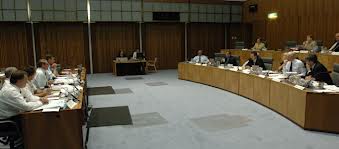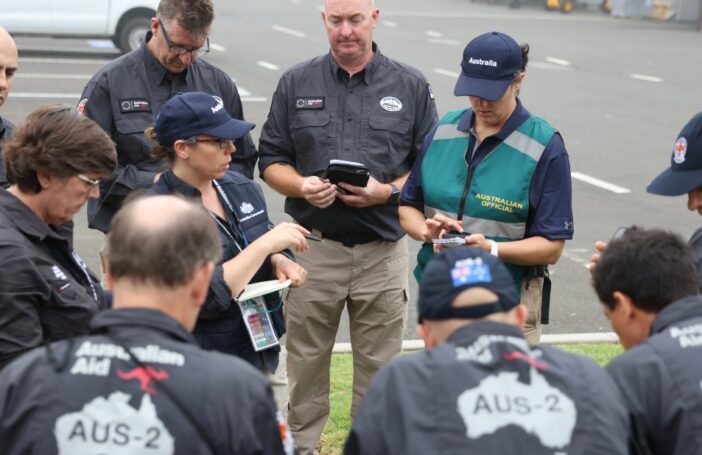In the course of last week’s Additional Estimates hearings, senators directed quite a few questions to both DIAC and AusAID on the question that Jonathan Pryke and I discussed in our post of 14 February—how the $375 million reallocated within the aid budget to meet onshore asylum-seeker costs might actually be attributed to activities eligible to be reported as aid. Unfortunately, their questions were frustratingly off the mark, and asked of the wrong people.
Much time was spent on the question who would vouch for the ODA-eligibility of the reallocated expenditure (ODA being Official Development Assistance – aid as defined by the OECD). DIAC said this was an accounting issue and a matter for the Minister for Foreign Affairs. AusAID said the funds had now been appropriated to DIAC, so it was a matter for them to use the funds in accordance with OECD guidance. Stalemate? Not really. The question was the wrong one, and directed to the wrong agencies.
It’s important to be clear that DIAC and AusAID are essentially suppliers in this transaction. AusAID has supplied, with considerable pain, $375 million in savings to the federal budget’s bottom line. DIAC will now supply a capacity to report an equivalent amount of onshore asylum-seeker management activity as ODA, thus maintaining Australia’s ODA budget at the promised level in 2012-13. DIAC does not actually receive any funds that it would not otherwise have received, nor do anything that it would not otherwise have done. Hence its Secretary’s seemingly dismissive view that the treatment of these funds is a remote accounting matter.
The immediate beneficiary of the transaction was either the Treasury, as custodian of the federal budget, or the Department of Finance and Deregulation, as spending controller. It is safe to assume that it was within one of these central agencies that the $375 million estimate was calculated, based on a set of decisions—that is, a costing policy—about which costs would be included and which excluded. So these would have been the agencies to tackle, but that didn’t happen. And the right question to ask would have been, “What was the costing policy?” Who polices the policy is very much a second-order matter, but there is no reason why DIAC could not itself apply a clearly-stated policy for the non-onerous purpose of statistical reporting.
Finally, the senators questioning AusAID seemed preoccupied with one specific question that must already have been settled in the so-far-unseen costing policy, namely the question when the clock starts ticking on the twelve-month reporting limitation. There are far more important questions than this, as we argued in our 14 February post. Are both asylum seekers and quota refugees to be included? Will costs associated with both successful and unsuccessful asylum seekers be included? And, most importantly, how—if DIAC’s testimony of last Monday was correct—can the inclusion of costs associated with forcible detention be justified?
We recommend simply releasing the policy basis on which the $375 million estimate was made, sooner rather than later. We’d like to think that this figure was not the result of a stab in the dark.
This note is a part of a series on Australian aid, refugee’s and the Pacific Solution. Other blogs in the series can be found here.
Robin Davies is Associate Director of the Development Policy Centre.




